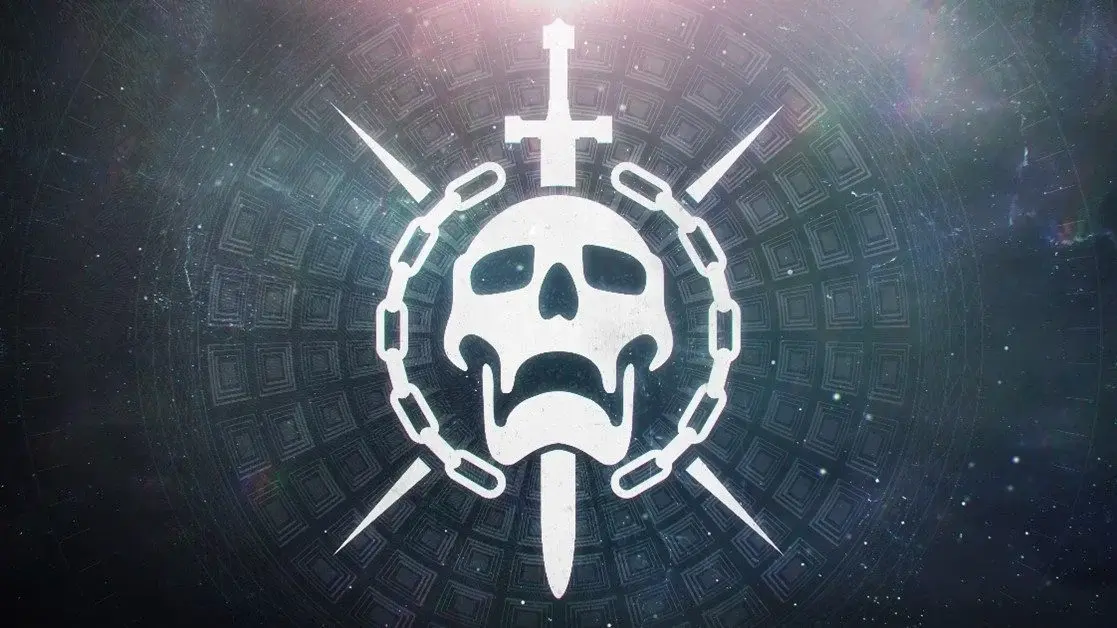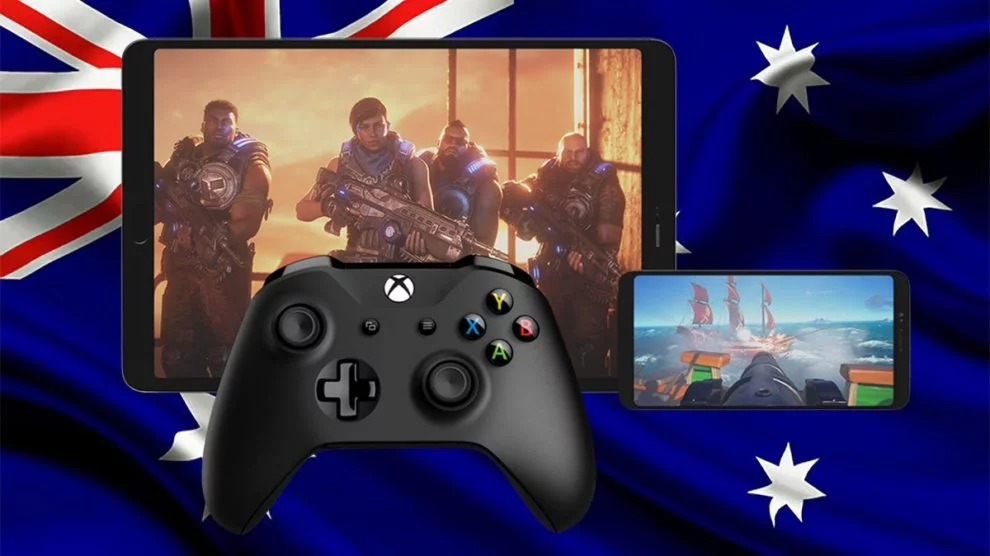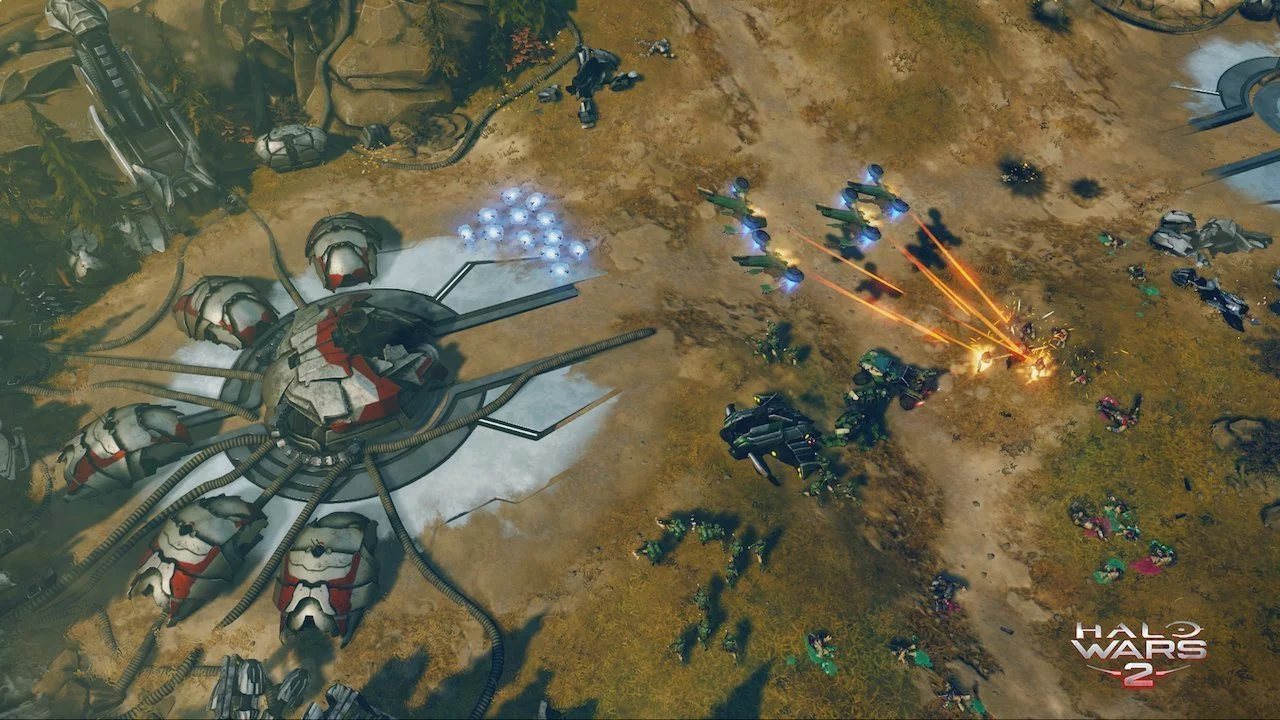Can Australia and its third world internet infrastructure handle game streaming?
Cloud game streaming services have always felt like a pipe dream in Australia, where the colossal screw up that was the NBN rollout has ensured we take our sweet time entering the digital future, and that EB Games will need to keep at least one shelf free for physical games among a sea of square-headed monstrosities. Speeds are slow, latency is high and it is almost impossible to imagine a playable experience when your controller inputs need to travel through those old copper wires and back again.
As such, announcements from Microsoft and Google about plans for the streaming future were met down under with raised eyebrows and rolling eyes, and sure enough the land of copper and coal was overlooked for the early rollouts of both Microsoft’s xCloud and Google Stadia. It would be very easy for these tech behemoths to put Australia into the too hard basket, but Microsoft is all-in on its streaming strategy and has started to roll out a xCloud streaming service beta to the lucky few Australians that meet all of the prerequisites.
First, you’ll need an Android phone or tablet — iOS users are out of luck for now. There is a good chance the future of xCloud will be as a web app accessible to everybody on any device (though nothing has been confirmed on that front), but for now the owners of Apple devices will have to wait. While you’ll eventually need an Xbox Game Pass Ultimate subscription when the service is properly rolled out, those who want to be part in the preview don’t have that specific restriction for the time being. From there, everything runs through the Xbox Game Streaming app, not to be confused with the Xbox app or the Xbox Game Pass app. Protip: it is just named Streaming in your app list, so find it under S, not X.
You’ll need a Bluetooth controller to play the vast majority of xCloud content, though a couple of games support touch controls (which we will discuss soon). If you have an Xbox One controller from 2016 onward you’ll be right on that front (a quick shortcut to know if your controller is Bluetooth: if the section around the Xbox button of your controller is the same plastic as the rest of your controller, it is a Bluetooth model). A controller clip is recommended to avoid neck strain from looking down at a desk for an hour, they run about $20-25 on Amazon or from Microsoft.
Once you are signed into the app, everything feels very familiar and Xbox-like; getting started is as simple as selecting a game and tapping “Play”. Games load in less than a minute — and the only time that wasn’t the case was on launch day, when I had to wait in a queue for longer than that. Any Xbox cloud saves you have will sync automatically, and once you are in-game you are basically playing an Xbox One without a game library or store. Friends, parties, multiplayer and achievements are all available via the Xbox button menu. A second menu accessed from the touchscreen allows for picture-in-picture (which works, but why?), microphone control and quitting back to the app.
All of that is great, but the industry defining question is: does it actually work? The clear as mud answer is “yes, with caveats”. The two biggest factors will be what games you want to play, and how good your connection is.
I tested xCloud on several connections and found the experience playable on all of them, to varying degrees of satisfaction. On my beastly work network (that Speedtest registers at about 290Mbps down/235 up) there were plenty of moments that felt indistinguishable from console play, game dependant. Forza Horizon 4 definitely felt a touch sluggish to respond, and I was unable to hit the levels of control I would on an Xbox One, but in games like Cricket 19, Halo: Reach and Halo Wars 2 I didn’t notice any issues and the experience was near indistinguishable from sitting on my lounge with controller in hand.
On my NBN-impaired home network (20 down/10 up) things occasionally stuttered and controls got ‘stuck’ (such as aim continuing to move right after I’d stopped moving the stick) when the connection struggled, but it was mostly playable. Forza Horizon turned into a frustrating spree of rewinds on this connection, but Reach was playable enough and Halo Wars 2 and Minecraft Dungeons had no issues at all.
This experience was reflected on 4G, where the connection would fluctuate between these two extremes. The major difference was the connection consistency, with jitters, pixelation and stuck controls happening in bursts when the mobile connection faltered. I had 45-minute sessions without issue some days that felt just as good as the work connection, then experienced unplayable breakdowns (including “connection lost, retrying” messages) at peak periods on others.
Regardless of connection, I think twitch based online play is a no-go over xCloud. Halo 3 multiplayer in the Master Chief Collection was an exercise in frustration, sluggish controls combine very poorly with even slight latency, and Halo is one of the more forgiving first-person shooters. Inaccuracy through control that I could handle (or didn’t notice) in single player was the difference between life and death in multiplayer. Despite games like Destiny 2, PUBG, Dead by Daylight and Smite being part of the beta, I can’t recommend xCloud as a way to play these primarily online, twitch based games.
That recommendation stretches to any game that is too unforgiving on failure, but with the right games xCloud earns the highest compliment you could give it: it just works. I could easily see myself powering through a Halo Wars 2 campaign mission or a few turns of Civ VI each night, or playing adventure or story-based games with touch controls. Even some action games could work; Hellblade: Senua’s Sacrifice was well suited to the service and even included touch controls for a true “play on the go” experience.
Those on-screen virtual controls will be the future of this service on mobile, opening xCloud up to players on public transport, waiting in lines or sneaking off for an extended bathroom break at work, basically any situation where it is a bit much to whip out your controller and clip. At present, only Senua and Minecraft Dungeons support touch control, but story-based games like Life is Strange would be ideal for the service, where the pace of the experience can hide the slower response times of the controls.
This goes well beyond just sticking an overlay of an Xbox One controller on the screen, with both games offering contextual prompts and Minecraft Dungeons even using touch specific buttons when in menus, feeling more like a mobile game (in a good way) than an Xbox One game with mobile controls. Senua’s Sacrifice would show you only the commands available to you at any time, freeing up the UI and guiding you along, which was a much more intuitive experience than a static controller overlay.
Despite this, virtual controls still have all the issues you’ll have gotten frustrated with years ago when mobile games stopped using them. Your thumbs block a significant part of the viewport, the lack of tactile feedback is unsatisfying and you lose the ability to combine multiple button inputs, such as pulling triggers while moving with both sticks. As such, touch controls would never work for most of the games available in the beta, but in the right situations this will be a good way to play.
That continues a theme running through xCloud and game streaming; some games are just not going to work. Forza Horizon 4 was ultimately a frustrating experience, particularly because I had the updated Xbox Series X version to make an immediate comparison to. With that smooth, 4K, 60fps experience in mind, the sluggish controls and occasional stutter or pixelation just didn’t rate. If you don’t know any better, chances are you’ll be more accepting of this performance as the new normal, and when developers start to design to the limitations of streaming, you might not even notice.
In my day-to-day life, the use case for xCloud as an in-home experience is limited. It was nice to be able to experience games without the commitment of a 50-120GB download over my tin can and wire home broadband that might otherwise take four or five days. There is a good chance I’d have never played Halo Wars 2 unless it could load instantly, and I’ve enjoyed it enough on xCloud that I’ll keep playing it on the Series X.
I don’t run into issues with television availability (yet, let’s see how it goes when my son reaches gaming age) that makes xCloud appealing as an alternative screen for games, and the fidelity of a phone screen and earbuds with some input lag versus a 4K television and home theatre setup mean the console experience is going to win out for me every single time. If or when xCloud is available as a TV or web app, then the convenience of immediate access to a full library of games might tilt my preference towards streaming, but for now, at home, xCloud is a novelty.
On the move, it is a different story. I’m probably not the type to whip out a grip and controller on a bus, but with the right games and proper touch controls support, xCloud could certainly become my preferred way to play story-based experiences, strategy games or anything turn-based. The possibility of developers eventually adding xCloud friendly features such as rewinds or more generous timing windows would also go a long way to making action-adventure games and shooters more appealing. The touch controls on offer are just a glimpse of what could be done to make xCloud a more refined experience once game design prioritises streaming.
As you would expect, xCloud is a data hog. I personally measured about 3.25GB per hour usage on 4G, with the best session hitting “only” about 1.5GB (that was with Cricket 19, which is hardly as resource intensive as Forza or Halo Wars). The consensus seems to be that a 2.5GB to 3.5GB per hour mark is standard. At those rates you’ll be looking at a high end mobile and data plan if you want to be streaming regularly on commutes and out of home. The Streaming app drained battery from my 6-month old Pixel 3 at a rate of about 25-30% per hour under 4G, hardly egregious but a hefty hit if you want to play on a commute and can’t charge during the day.
It is truly amazing that this service works at all, and for that reason alone anybody with the hardware to test xCloud out should register for the beta and see it for themselves. Long term its use cases are more limited, but I can see a place for game streaming in my day-to-day life, alongside — but not replacing — consoles. Would I pay for the privilege? That is the industry-defining question, and I still need some convincing.
The Australian xCloud preview is ongoing; you can register here.
This article may contain affiliate links, meaning we could earn a small commission if you click-through and make a purchase. Stevivor is an independent outlet and our journalism is in no way influenced by any advertiser or commercial initiative.


























